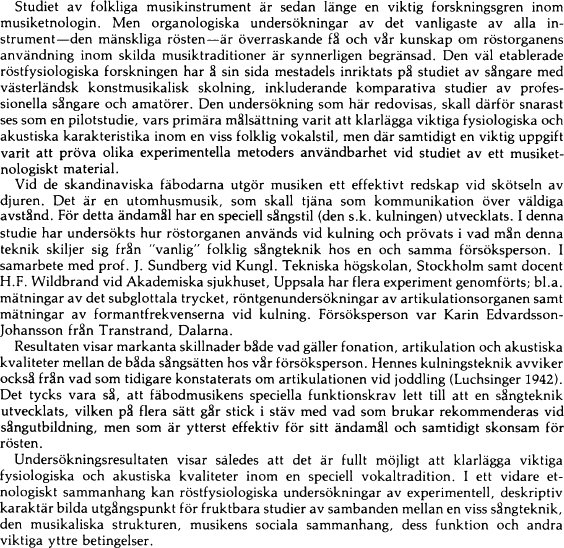Published online by Cambridge University Press: 07 March 2019
During the last decades, rapidly growing interest in folk song styles has manifested itself in a number of fruitful investigations representing many different approaches. The Cantometrics project, for instance, starts from the premise that “song style symbolizes and reinforces certain important aspects of social structure in all cultures” (Lomax 1968:vii). Using recordings of music as primary source of data, Alan Lomax and his co-workers have developed a method for “systematically and holistically describing the general features of accompanied or unaccompanied song performances” (op.cit.:34). Thus, the Cantometrics project focuses on the song performance in its cultural and social context. mance in its cultural and social context.
